

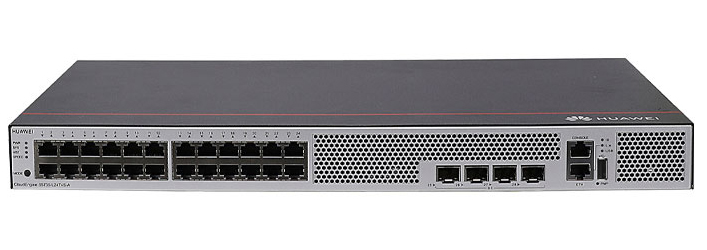
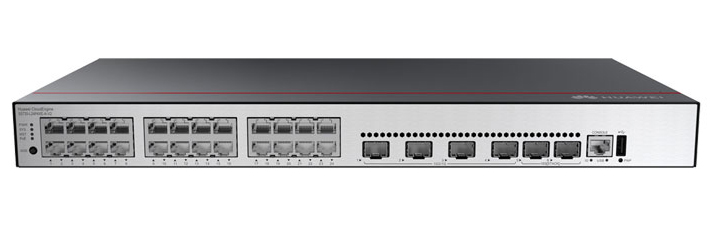
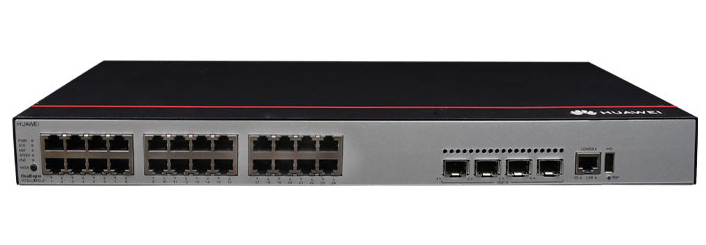

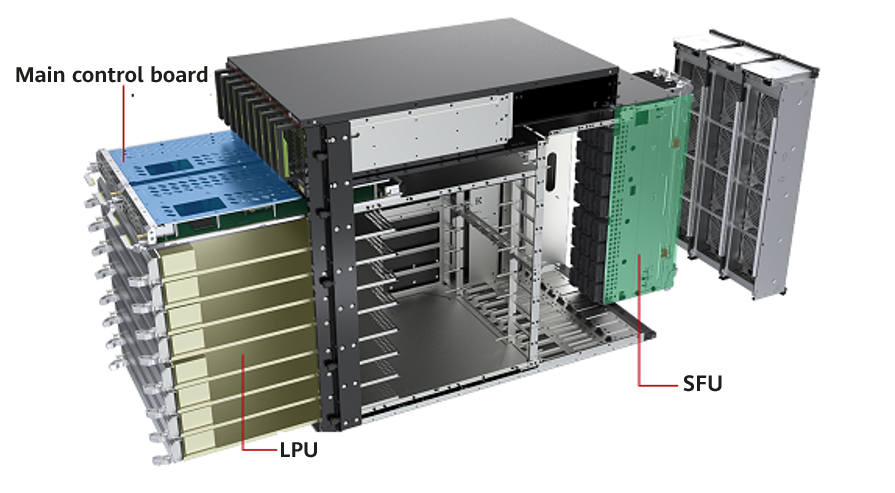

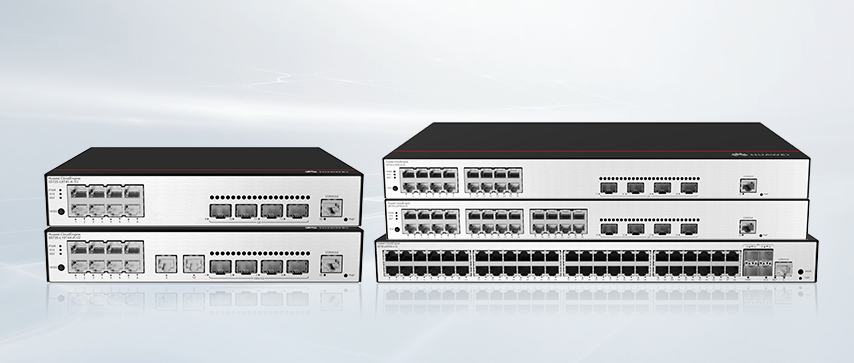
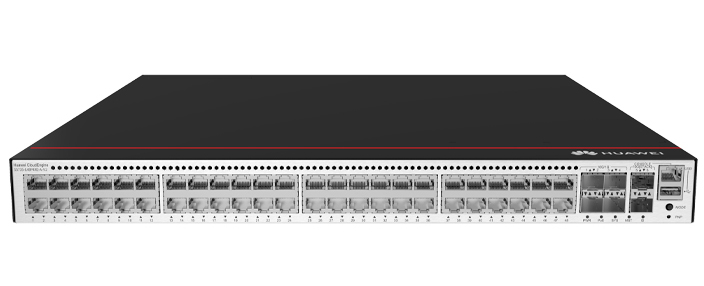
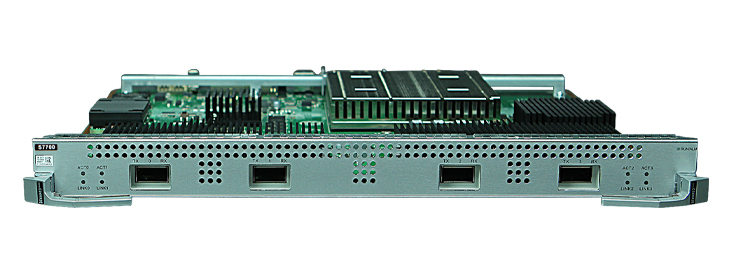

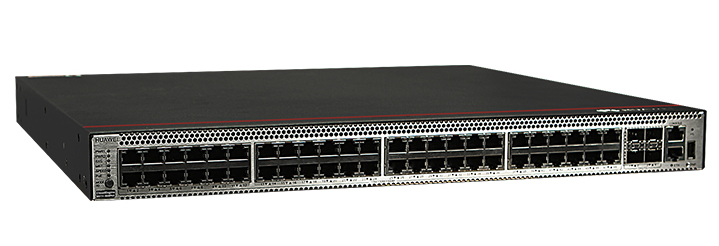
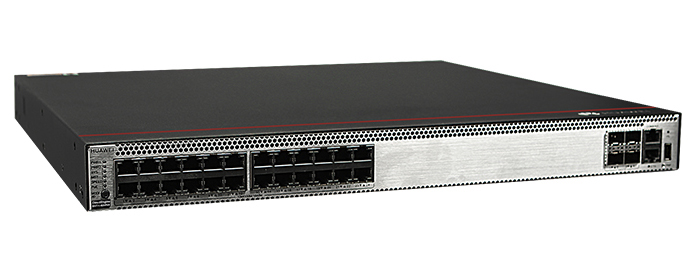
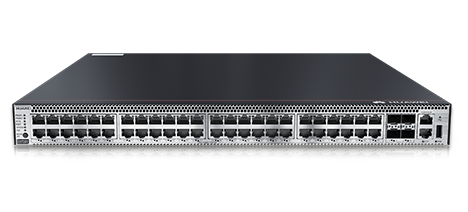
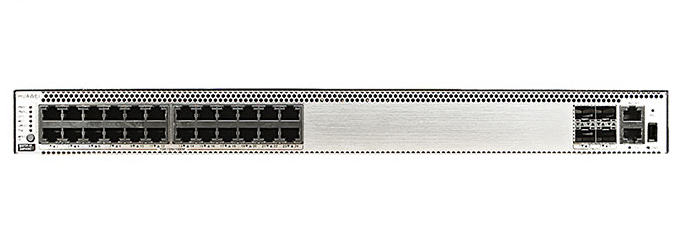
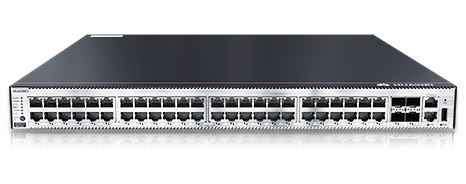
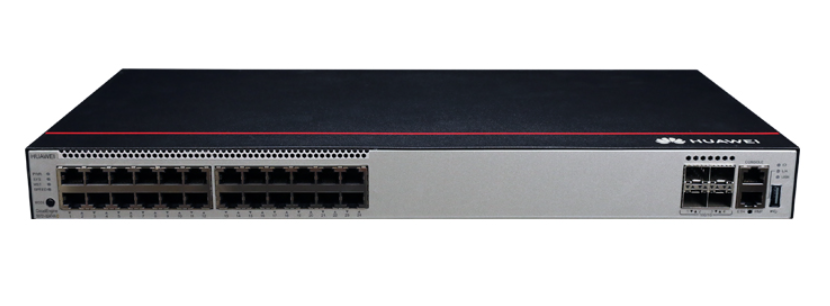

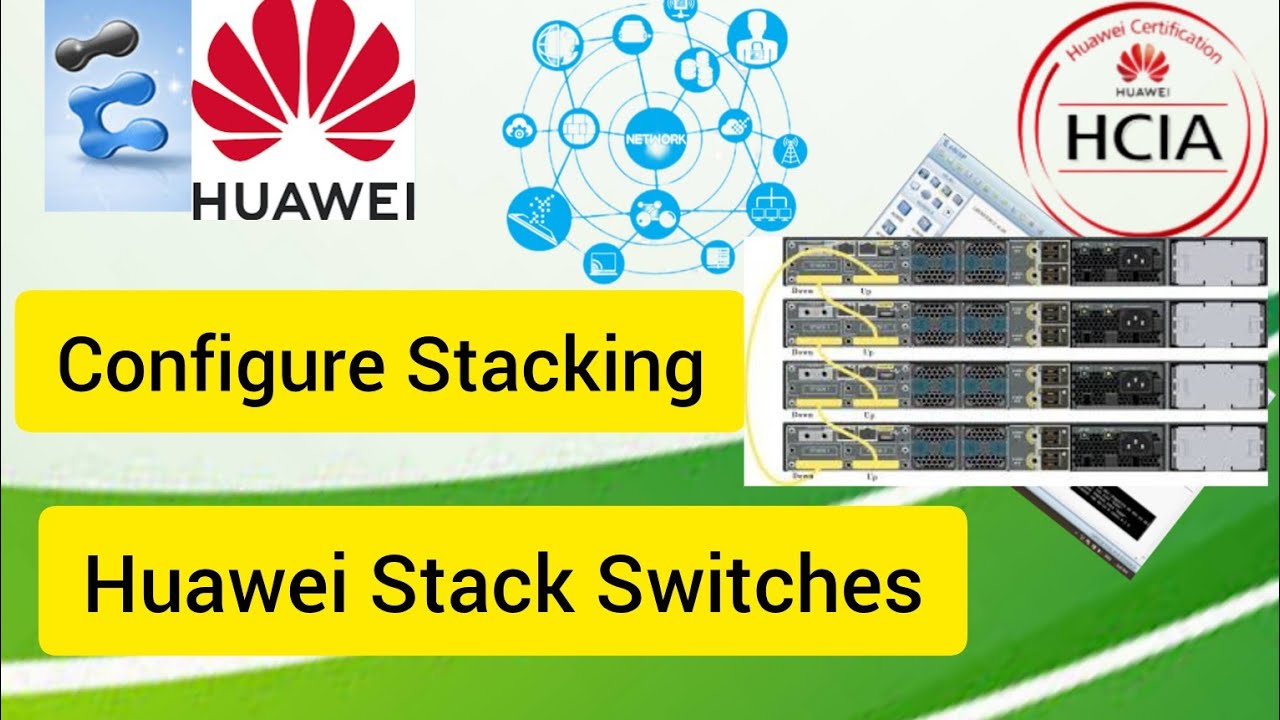
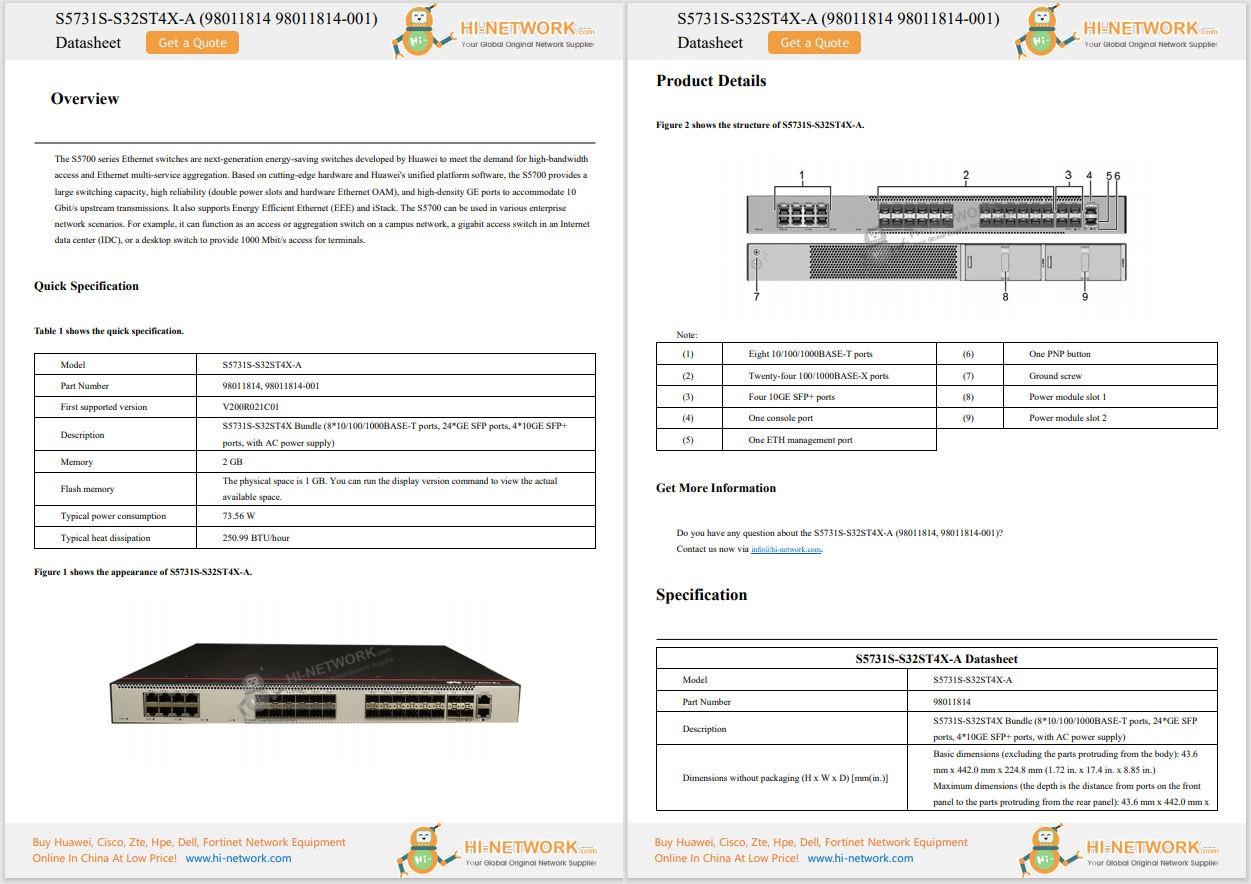
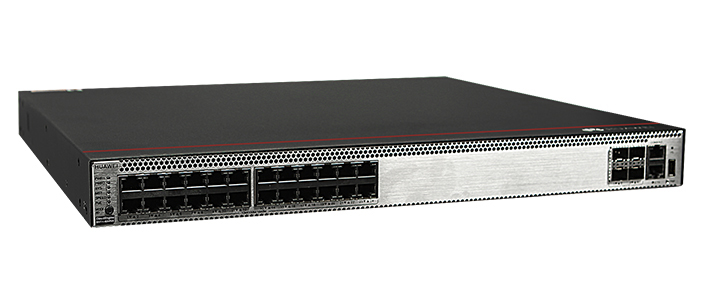
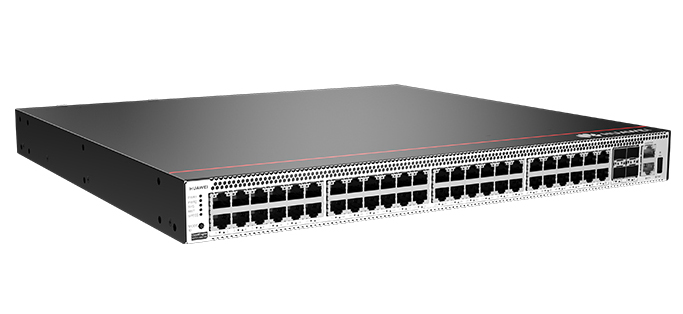
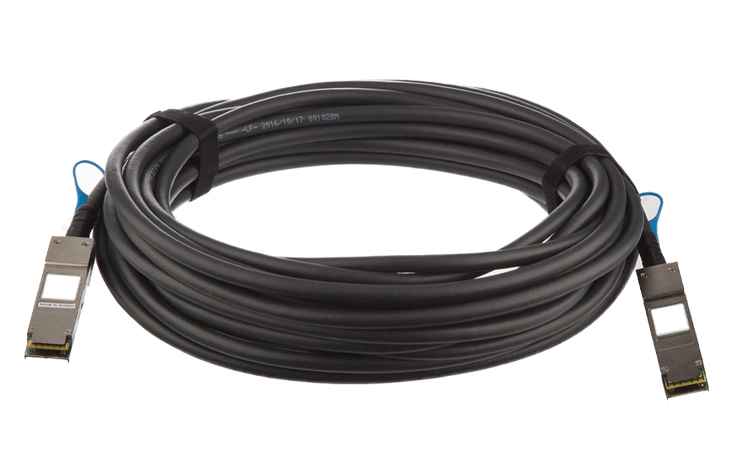
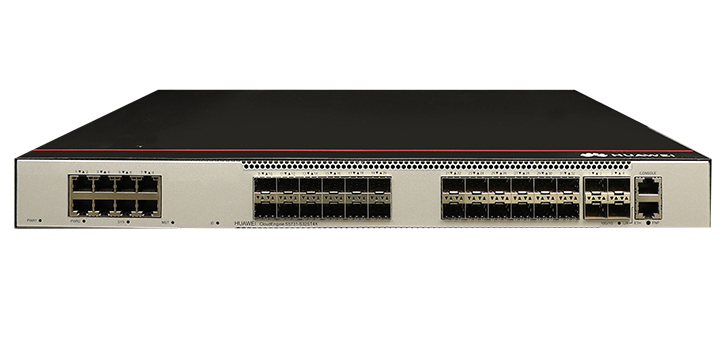
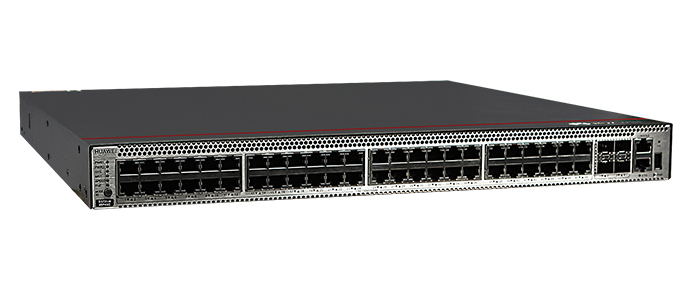
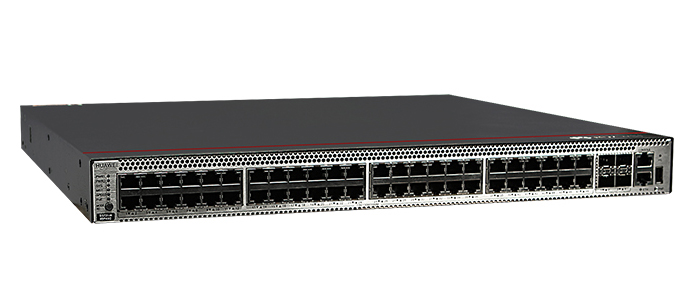
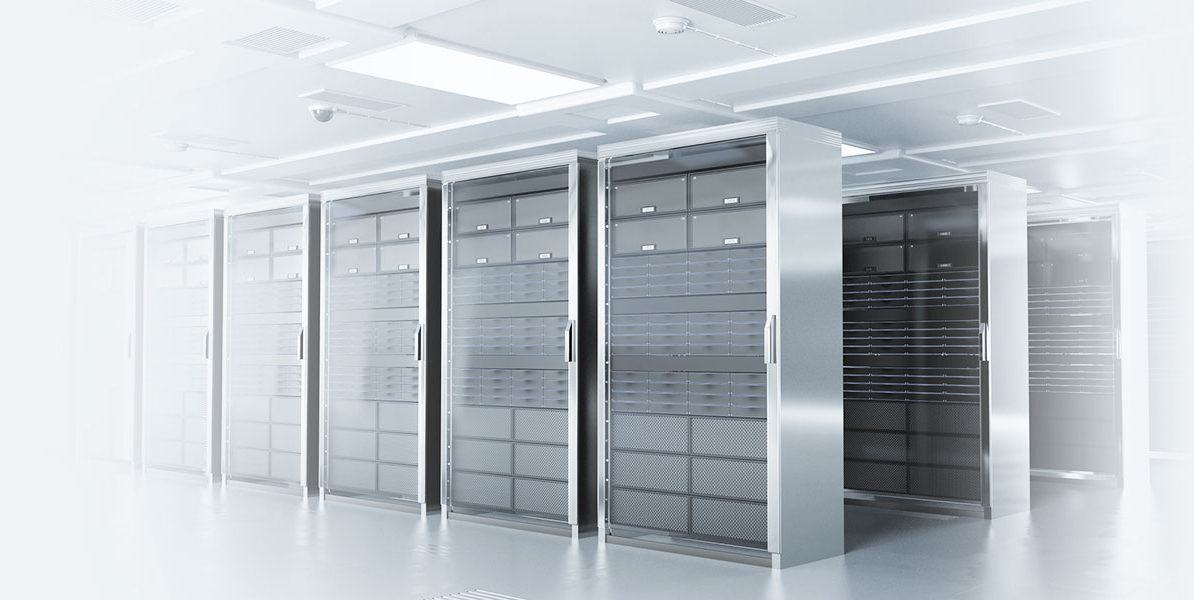
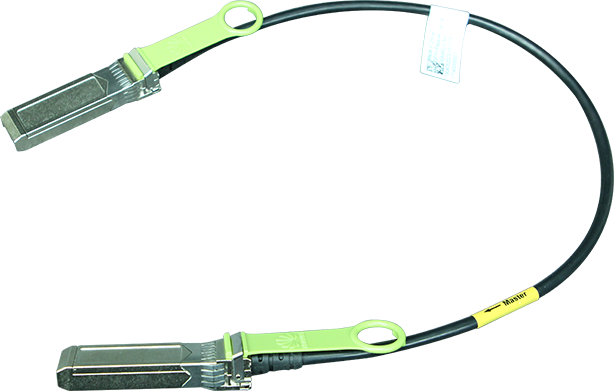
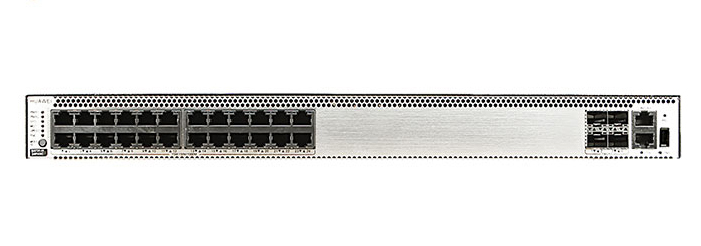
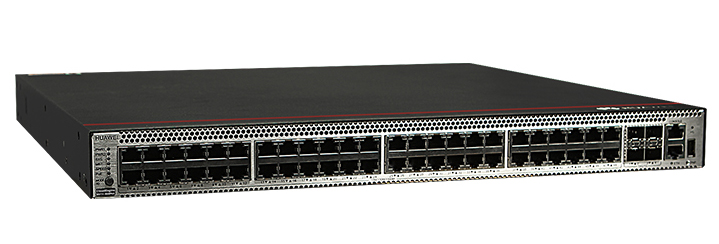
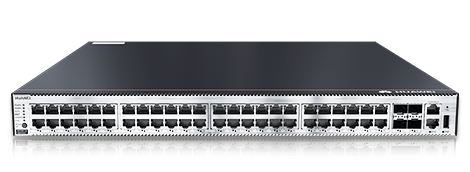
Cisco Modeling Labs (CML) has long been the go-to platform for network engineers, students, and developers to design, simulate, and test network topologies in a virtual environment. With the release of Cisco Modeling Labs version 2.9, we're excited to introduce some new features that enhance its capabilities, offering flexibility, scalability, and ease of use.
One of the most compelling new features in CML 2.9 is the ability to integrate Docker containers. Previously, CML was limited to virtual machines (VMs), such as IOS-XE and Catalyst 9000. Now you can add lightweight, optimized node types that consume fewer resources, so you can build larger and more diverse labs.
CML 2.9 ships with 10 pre-built container images, including:
This opens up a whole new world of possibilities, allowing you to simulate complex scenarios with specialized tools and services directly within your CML topology. Because containers are lightweight and resource-efficient, you can run more services without a heavy impact on system performance. Plus, you have the flexibility to create and integrate your own custom container images from DockerHub or other sources.
Containers in CML integrate seamlessly with VM nodes, allowing you to connect them within the same network topology and enable full bidirectional communication. Because containers use significantly less CPU, memory, and disk than VMs, they start faster and let you run more nodes on the same hardware. For large CML labs, use containers and clustering for optimal performance. Containers are lightweight, making it possible to scale labs efficiently by running services or routing functions that don't require a full VM.
For teams and educational environments, CML 2.9 introduces a more fine-grained permission system. As a lab owner or system admin, you can now share labs with other users, giving collaborators access to work on shared projects or learning activities. This feature lets you move beyond the basic read/write access available in previous versions. The new permission levels include:
This enhanced control streamlines collaboration, ensuring users have exactly the right level of access for their tasks.
→ See product documentation for details on setup and use.
Tired of repeatedly configuring custom nodes for your labs? Node disk image cloning in CML 2.9 resolves this issue. If you've customized a node's configuration or made specific edits, you can now clone that node's disk image and save it as a new image type. This means faster lab setup for frequently used devices and configurations, saving you valuable time.
Node disk image cloning is excellent for saving time in lab setup when you've modified a node, such as Ubuntu, to add additional tools and want to create a new node type that has those same tools installed.
CML 2.9 introduces Git integration, allowing you to directly tie your CML instance to an external Git repository. This feature changes how you access and manage sample labs. Instead of manually downloading and uploading individual lab files, you can now provide a repository URL, and CML will sync the content, making it available under the Sample Labs menu.
Cisco provides a collection of sample labs on the CML Community GitHub on the Cisco DevNet site, including certification-aligned labs (such as CCNA), which can be imported with a single click.
This feature also allows you to add Git repositories (such as GitLab and Bitbucket), empowering you to manage your own lab content seamlessly.
CML supports any Git-based repo, but authentication for private repos is not supported. We've added some CCNA labs, and we're working to integrate more advanced certification content, such as CCNP, into the sample labs repositories. Offline users will get a pre-synced snapshot at install.
Beyond the significant new features, CML 2.9 includes these improvements:
CML 2.9 underscores our dedication to delivering a state-of-the-art network simulation platform. As we expand its capabilities and explore further container orchestration, advanced lab automation, and new API developments, we encourage our community to contribute to the growing library of sample labs on our DevNet GitHub repository. And we're working to make adding new node types even easier in the future.
Ready to explore the power of CML 2.9? Download it now to try out these new features today.
Leave a comment below and let us know what you think!
Cisco Modeling Labs 2.9 is now available!
Get up to speed on the latest changes: https://t.co/kW2gpvVmaP#CML
- Cisco Modeling Labs (@CiscoVIRL) July 21, 2025
Sign up for Cisco U. | Join the? Cisco Modeling Labs Community on the Cisco Learning Network.| Join the? Cisco Modeling Labs Community on the Cisco Learning Network.
Learn with Cisco
X?|?Threads | Facebook?|?LinkedIn?|?Instagram|?Threads | Facebook?|?LinkedIn?|?Instagram?|?YouTube
Use? #CiscoU and #CiscoCert?to join the conversation.
 Hot Tags :
Cisco Modeling Labs
Hot Tags :
Cisco Modeling Labs